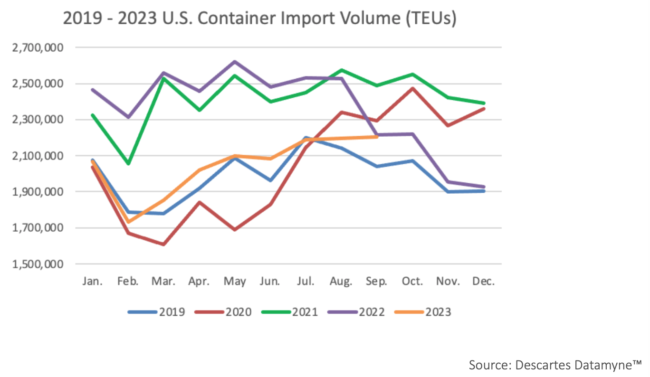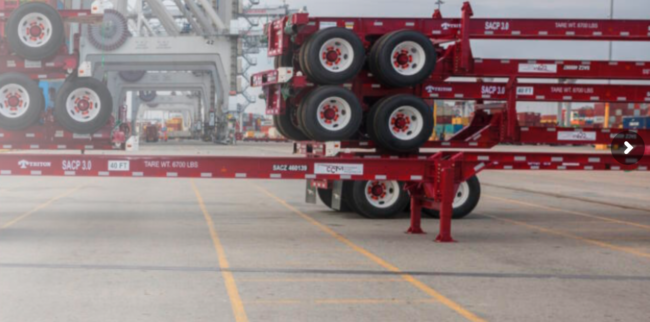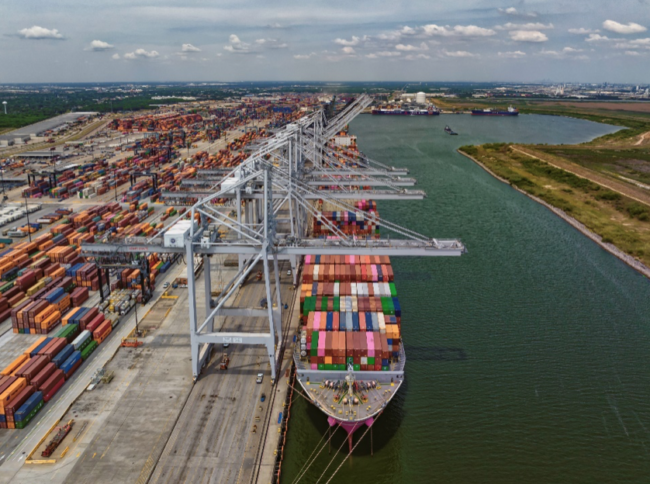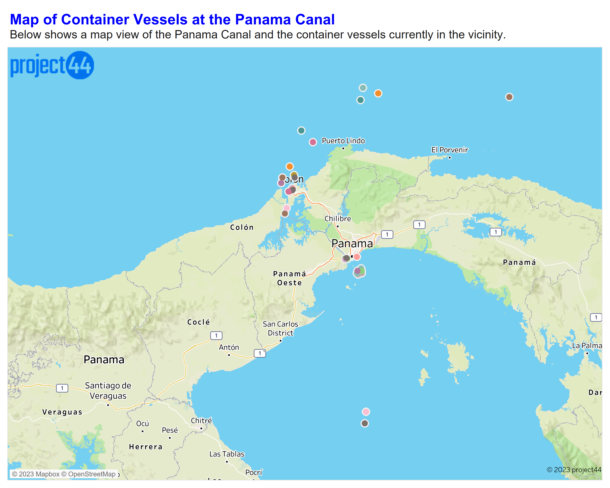Ports
Between 18 to 20% of GPA’s container cargo now moves by rail, with the majority handled by trucks
Read More
Port of Long Beach unveils fleet of 33 battery-powered yard tractors
Vehicles recharge through automated, mechanized connectors as 20% of port’s equipment is now zero-emissions
Read More
2024 LOGISTICS OUTLOOK
A new outlook that’s a lot like the old outlook
Growth in the freight and logistics markets stalled in 2023 owing to overstocking, weak demand, and excess capacity. Expect more of the same in 2024.
Read More
U.S. ports gain $653 million for infrastructure improvement projects
Federal funds will help modernize America's seaports, American Association of Port Authorities says
Read More
Georgia Ports Authority says its trade with India grew faster than any top-20 nation over the past year
Over past five years, GPA says its imports from India grew up 52%, and exports to India rose nearly 80%
Read More
CMA CGM announces $600 million plan to upgrade NJ and NY ports
Investment will increase facilities’ combined capacity by up to 80%, French company says
Read More
U.S. container import volumes increased in September, bucking historical trend
Descartes says robust import flow breaks with traditional Fall decline that has occurred in the previous six years, as NRF forecasts that cargo volume will slow eventually
Read More
Chassis pool manager CCM acquired by private equity firm
New financial support will back rollout of 45,000 chassis at ports in South Atlantic region
Read More
Container volumes at Port Houston dipped in August compared to record levels of 2022
Loaded containers are close to last year’s numbers, but port sees sharp drop in empty container volume
Read More
Panama Canal delays are worst for ships without reservations, project44 says
Ships with appointments pass right through backlog, while delay for others has jumped from 2.5 days to 9.5 days
Read More
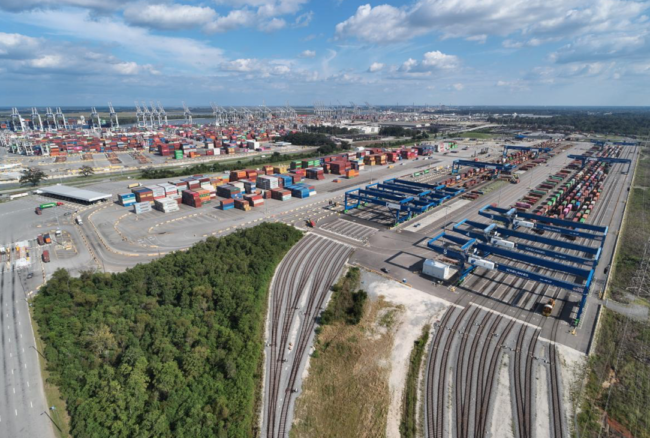
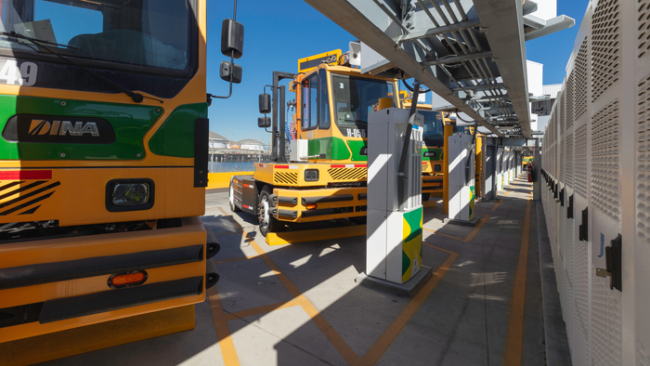

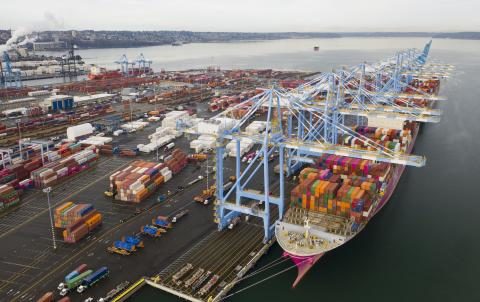
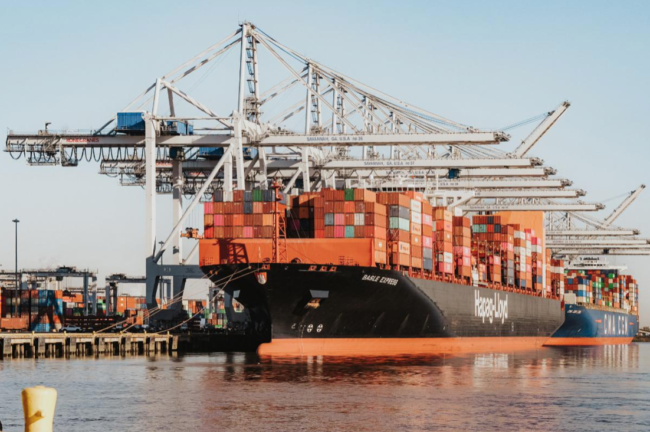
.jpeg?height=488&t=1697130744&width=650)
